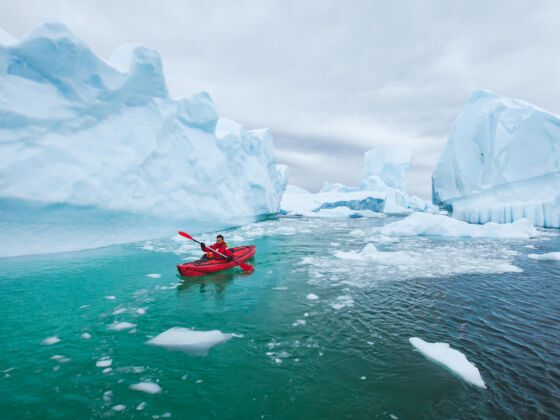The Debate: Should You Go?
There are several arguments against traveling to Antarctica, all of which need to be considered before trip planning begins:
Safety Concerns
Antarctica is an inhospitable place. There are no — nor have there ever been — permanent human inhabitants of the continent. Frequent storms on land and sea and the coldest temperatures, driest air, and strongest winds on the planet are a constant threat, even to those who know what they’re doing.
